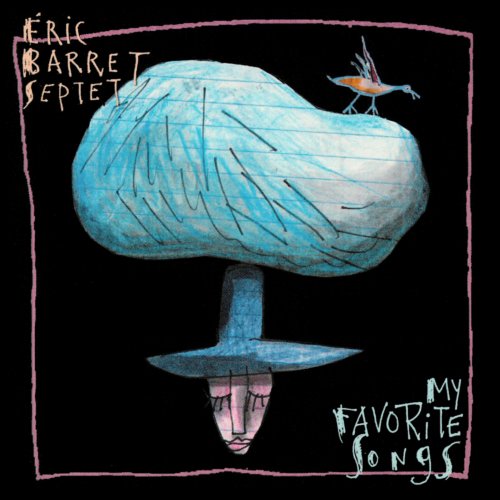Aurelia Saxophone Quartet - Blow! (1997)
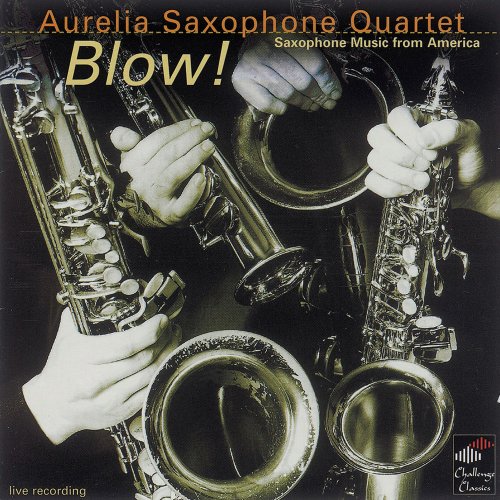
Artist: Aurelia Saxophone Quartet
Title: Blow!
Year Of Release: 1997
Label: Challenge Classics
Genre: Classical
Quality: FLAC (tracks)
Total Time: 1:10:02
Total Size: 286 MB
WebSite: Album Preview
Tracklist:Title: Blow!
Year Of Release: 1997
Label: Challenge Classics
Genre: Classical
Quality: FLAC (tracks)
Total Time: 1:10:02
Total Size: 286 MB
WebSite: Album Preview
1. Rhapsody in Blue (Arr. for Saxophone Quartet) (10:51)
2. Adagio for Strings, Op. 11 (Arr. for Saxophone Quartet) (06:18)
3. Four5 (Arr. for Saxophone Quartet) (12:09)
4. Canonic Suite: I. Fanfare (00:57)
5. Canonic Suite: II. Nocturne (03:10)
6. Canonic Suite: III. Tarantella (01:31)
7. July (Arr. for Saxophone Quartet) (07:55)
8. Blow! (Arr. for Saxophone Quartet) (13:17)
9. Come True (Arr. for Saxophone Quartet) (08:18)
10. Master Bop Blaster (Arr. for Saxophone Quartet) (05:31)
George Gershwin's Rhapsody in Blue, arguably the most popular work for piano and orchestra written by an American, came about almost by accident. Toward the end of 1923, popular bandleader Paul Whiteman asked Gershwin if he'd consider writing a jazz concerto for his orchestra. Gershwin informally agreed to do so and returned to his regular beat of writing songs for Broadway shows. Imagine Gershwin's surprise on January 4, 1924, when his brother Ira brought along that day's edition of the New York Evening Herald, wherein Whiteman announced that George's jazz concerto was to be premiered at a program at New York's Aeolian Hall entitled "An Experiment in Modern Music" on February 12. This was barely more than a month away.
The four-stave manuscript of Rhapsody in Blue, now in the Library of Congress, records that George began work on the piece on January 7, 1924. It was done by February 4, 1924, when arranger Ferde Grofé ordered the orchestral parts be made up in time for rehearsals. Then as now, it was standard procedure for a Broadway composer to use an orchestrator, and Grofé was then producing most of the Whiteman band's original arrangements and leading the rehearsals. George had other help, too: Ira suggested he use the slow second theme based on a melody already composed, and Victor Herbert advised George on some of the transitional material used to hold the movement together. Whiteman clarinetist Ross Gorman improvised the famous clarinet glissando that opens the work as a gag during rehearsals and George asked him to keep playing it that way.
The title, Rhapsody in Blue, is not so much related to the final form of the piece as it was inspired by a painting of James McNeill Whistler entitled Nocturne in Black and Gold. The premiere of Rhapsody in Blue was a huge success and it was clear at the outset that the work had enormous commercial potential. Grofé created three more orchestrations of it -- the first being a 21-part version for theater orchestra that became the standard text of the work for the next two decades. Grofé didn't create a version for full orchestra until 1942, and this is now the version that is most familiar and most frequently recorded. About this time, Grofé created yet another incarnation of Rhapsody in Blue for symphonic band in which the piano part is optional.
The four-stave manuscript of Rhapsody in Blue, now in the Library of Congress, records that George began work on the piece on January 7, 1924. It was done by February 4, 1924, when arranger Ferde Grofé ordered the orchestral parts be made up in time for rehearsals. Then as now, it was standard procedure for a Broadway composer to use an orchestrator, and Grofé was then producing most of the Whiteman band's original arrangements and leading the rehearsals. George had other help, too: Ira suggested he use the slow second theme based on a melody already composed, and Victor Herbert advised George on some of the transitional material used to hold the movement together. Whiteman clarinetist Ross Gorman improvised the famous clarinet glissando that opens the work as a gag during rehearsals and George asked him to keep playing it that way.
The title, Rhapsody in Blue, is not so much related to the final form of the piece as it was inspired by a painting of James McNeill Whistler entitled Nocturne in Black and Gold. The premiere of Rhapsody in Blue was a huge success and it was clear at the outset that the work had enormous commercial potential. Grofé created three more orchestrations of it -- the first being a 21-part version for theater orchestra that became the standard text of the work for the next two decades. Grofé didn't create a version for full orchestra until 1942, and this is now the version that is most familiar and most frequently recorded. About this time, Grofé created yet another incarnation of Rhapsody in Blue for symphonic band in which the piano part is optional.
![Jamaican Jazz Orchestra - Rain Walk (2019) [Hi-Res] Jamaican Jazz Orchestra - Rain Walk (2019) [Hi-Res]](https://img.israbox.com/img/2025-12/21/snzv0mdiaf2dg21tiqrm87jaq.jpg)
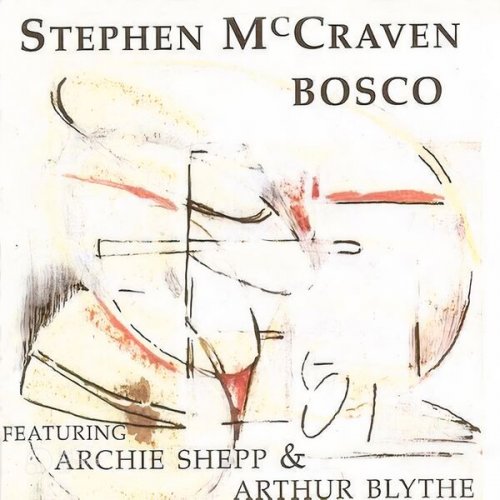
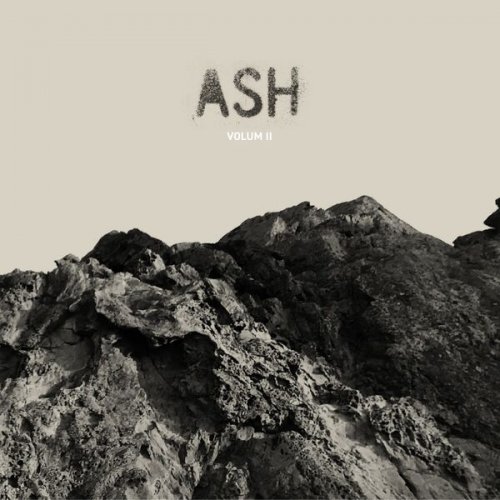
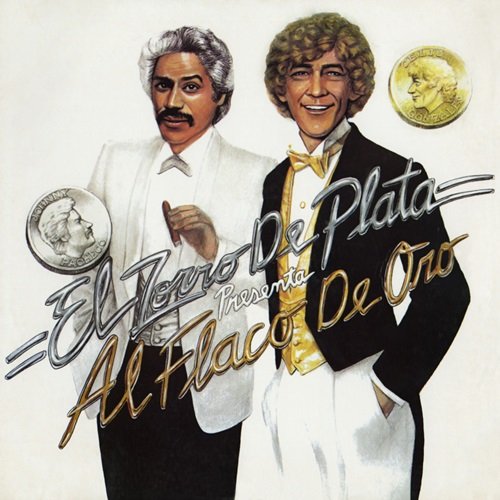
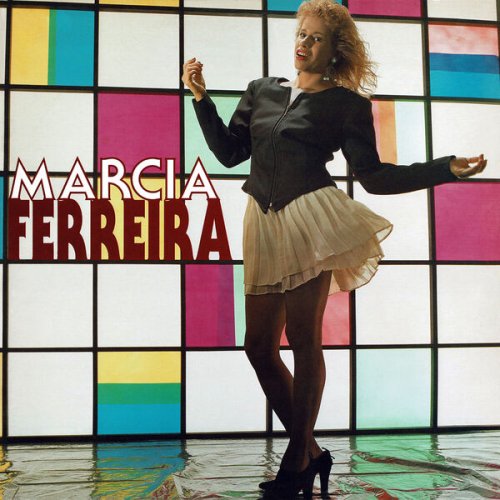
![Nipper Swing Band - Swing Christmas (The Definitive Holiday Hits) (2025) [Hi-Res] Nipper Swing Band - Swing Christmas (The Definitive Holiday Hits) (2025) [Hi-Res]](https://www.dibpic.com/uploads/posts/2025-12/1766293487_orppuisls66jc_600.jpg)
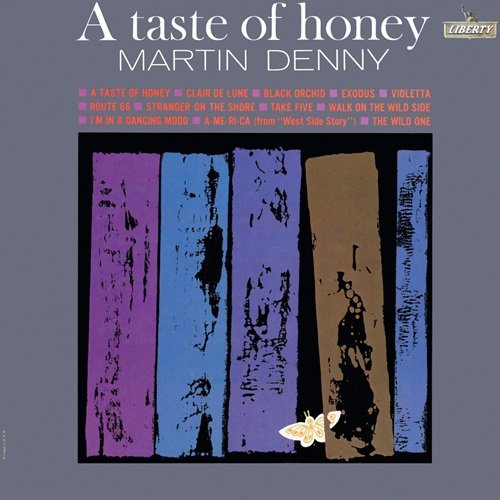
![Grises - Eveil (2025) [Hi-Res] Grises - Eveil (2025) [Hi-Res]](https://www.dibpic.com/uploads/posts/2025-12/1766127968_cover.jpg)
